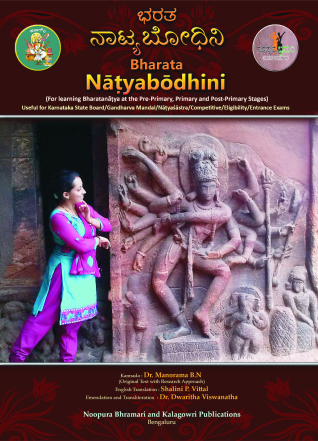Highlights
This research paper is part of the ShodhaSarani – An #art_research_series By #Noopurabhramari (R.) This series is dedicated to all kinds of #PerformingArts including allied art forms. Our aim is to encourage, promote qualitative #research; and help in the upcoming studies by establishing the productive research to the Art fraternity. This 2nd episode of Shodha Sarani's link of video presentation, is as below https://youtu.be/FW8aNcEgqLQAbstract
The photograph has been valued for its ability to produce authentic and realistic representations of the world. Early in the history of photography, attempts were made to record movement through the still photograph. Initially employed in studying locomotion in animals, photography technique was soon used to capture the human body in movement. With the evolution of camera technology, what once required multiple cameras to capture motion sequences, now requires only a single camera. With these advances, using photography to record dance and other performing arts slowly gained popularity. Initially appearing in print media such as newspapers, magazines and books, photographs of dance now seem to be ubiquitous with the advent of internet and social media. Dance photographs not only seek to capture the movement of the physical body, but also the emotion pervading the motion. While there are many works on dance photography in the western context, there are very limited studies in this area, specific to the Indian context. The present study aims at understanding dance photography in the context of Indian classical dance. Capturing Indian classical dance through the camera implies that the photograph must convey the Abhinaya (Caturvidha Abhinaya aspects as theorised by Bharata) of the dancer. Hence, the current study aims at understanding the way in which a photograph can capture the Āṅgika, Āhārya and Sātvika Abhinaya of the dancer. In order to achieve this, the study analyses few dance photographs captured in performances, on two levels: i) aesthetics of the dance captured by the photograph and ii) the aesthetics of the photograph itself. Given that this research is interdisciplinary in nature it could be useful in understanding the inter-relationships between art forms.


